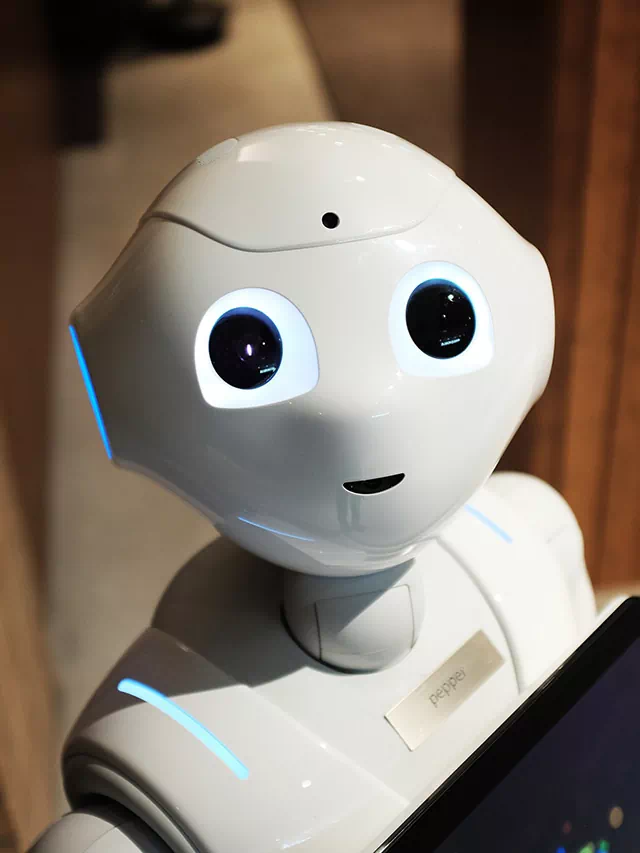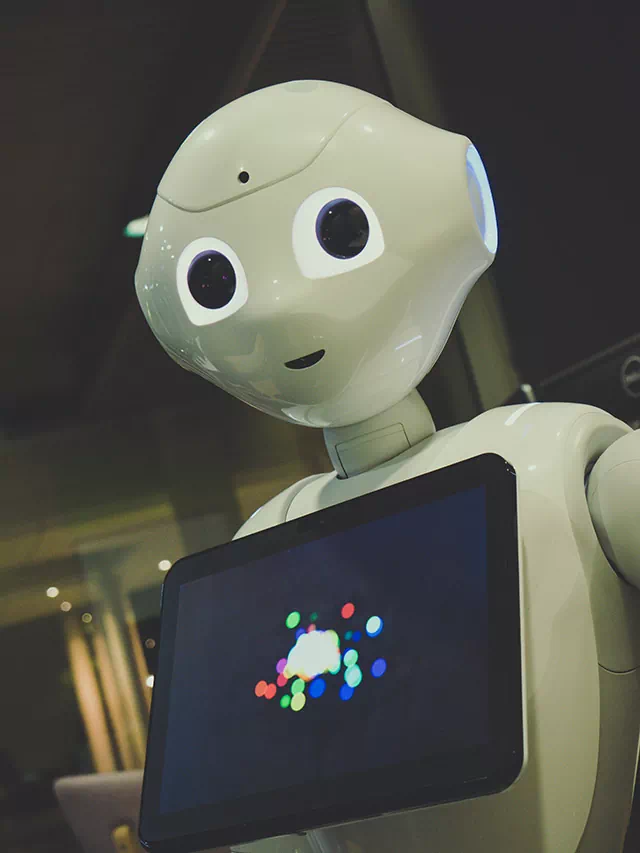Certainly, AI is expected to be in high demand in the future due to its ability to transform various industries and revolutionize the way we live and work. High-performance technologies have become increasingly important in recent years. Along with ubiquitous computing (including the Internet of Things), Artificial Intelligence (AI) jobs are booming. The machine learning job market is extremely healthy and shows no signs of slowing down. A quick look at the technology landscape shows the power of AI in everyday life. From voice assistants that power smart speakers to high-tech coffee makers, these technologies are quickly becoming the mainstays of life. This evolution has led to a positive change in AI and machine learning job trends. While these developments may seem inevitable, experts’ hard work in the fields of AI and Machine Learning engineering is driving the growth. Machine learning concepts like computer vision quickly open doors to some of today’s most exciting career opportunities for forward-thinking technology professionals. Computer vision is just one of many new AI innovations that is driving current machine learning job trends. To better prepare for new machine learning careers, it’s essential for us to understand how Artificial Intelligence and machine learning technologies work and how aspiring AI and machine learning candidates can learn the skills you need to pursue these promising career options.
What Is Artificial Intelligence and Machine Learning?
Artificial Intelligence (AI) is a field of computer science and engineering that focuses on creating machines or systems that can perform tasks that typically require human intelligence, such as visual perception, speech recognition, decision-making, and language translation. AI systems can be designed to learn and improve on their own, without explicit programming or human intervention. Machine Learning (ML) is a subset of AI that involves teaching machines to learn from data, without being explicitly programmed to perform specific tasks. ML algorithms use statistical models and algorithms to analyze large datasets, identify patterns, and make predictions or decisions based on that data. In other words, ML systems are designed to automatically improve their performance based on the data they receive. In a nutshell, AI is the broader concept of creating intelligent machines that can perform tasks that typically require human intelligence, while machine learning is a specific subset of AI that involves teaching machines to learn and improve on their own based on data. AI can encompass a variety of techniques and technologies, including machine learning, natural language processing, computer vision, robotics, and more.
Here are 20 steps explaining why and how AI is expected to be in demand in the future:
- AI is already being used in many industries, including healthcare, finance, and manufacturing, to improve efficiency and productivity.
- With the rapid growth of data, AI can help us make sense of large amounts of data, find patterns, and make predictions.
- AI can help automate repetitive tasks, freeing up time for humans to focus on more complex and creative tasks.
- AI can help companies reduce costs by optimizing processes and making better use of resources.
- AI can help us develop new products and services by identifying customer needs and preferences.
- AI can help us better understand and respond to complex problems, such as climate change, by analyzing vast amounts of data.
- AI can help us make better decisions by providing insights and recommendations based on data analysis.
- AI can help improve healthcare outcomes by analyzing medical data and identifying patterns and trends.
- AI can help improve education by providing personalized learning experiences and identifying areas where students need additional support.
- AI can help improve public safety by analyzing crime data and predicting potential threats.
- AI can help improve transportation by optimizing traffic flow and reducing congestion.
- AI can help improve energy efficiency by optimizing energy use and identifying areas for improvement.
- AI can help improve agriculture by analyzing data on weather, soil, and crops to optimize farming practices.
- AI can help improve cybersecurity by analyzing data and identifying potential threats.
- AI can help improve customer service by providing personalized recommendations and support.
- AI can help improve manufacturing by optimizing production processes and identifying areas for improvement.
- AI can help improve financial services by analyzing data and providing personalized financial advice.
- AI can help improve environmental sustainability by analyzing data and identifying ways to reduce waste and emissions.
- AI can help improve government services by analyzing data and identifying areas for improvement.
- As AI continues to advance, new applications and opportunities will emerge, making it an increasingly valuable tool for businesses, organizations, and individuals.
Jobs that can be replace by AI in future.
The development of AI is expected to lead to the automation of many jobs that currently require human labor. Here are some examples of jobs that are likely to be replaced by AI:
- Data entry and processing jobs that involve repetitive tasks such as inputting data into spreadsheets or databases.
- Manufacturing jobs that involve repetitive tasks such as assembly line work.
- Customer service jobs that involve answering simple questions or providing basic assistance.
- Transportation and delivery jobs that involve driving or operating vehicles.
- Accounting and bookkeeping jobs that involve repetitive tasks such as data entry or reconciling accounts.
- Some medical jobs that involve routine diagnostic tests or data analysis.
- Some administrative jobs that involve scheduling appointments, managing calendars, or processing paperwork.
- Some legal jobs that involve routine tasks such as document review or contract analysis.
- Some financial jobs that involve data analysis or basic risk assessments.
It is important to note that while some jobs may be automated, new jobs will also be created as a result of AI development. These new jobs may require different skills and knowledge, such as programming and data analysis, and will likely require ongoing training and education to keep up with advancements in technology.
Merits and demerits of AI replacing jobs in future.
The potential impact of AI replacing jobs in the future is a topic of ongoing debate. Here are some potential merits and demerits of AI replacing jobs:
Merits:
Increased efficiency
AI can perform many tasks faster and more accurately than humans, leading to increased productivity and efficiency.
Cost savings
AI can reduce labor costs and increase profitability for companies by automating tasks that previously required human labor.
New job opportunities
While some jobs may be lost to automation, new jobs may be created as a result of AI development and implementation.
Improved safety
AI can be used to perform dangerous tasks that may be unsafe for humans, such as working in hazardous environments or handling hazardous materials.
Improved quality
AI can improve the quality of products and services by reducing errors and inconsistencies in production.
Demerits:
Job displacement
The most significant drawback of AI replacing jobs is the potential for significant job displacement, leading to unemployment and social disruption.
Income inequality
The benefits of AI and automation may not be evenly distributed, leading to income inequality and a widening wealth gap.
Lack of human touch
Some jobs, such as customer service, require a human touch that may be difficult to replicate with AI.
Potential bias
AI systems may be biased or discriminatory, leading to unintended consequences or unfair treatment.
Reduced creativity and innovation
Some argue that AI may lead to a reduction in creativity and innovation, as machines may be limited to what they have been trained to do and may not be able to generate new ideas.
Overall, the impact of AI replacing jobs in the future is complex and multifaceted, with potential benefits and drawbacks. It is important to carefully consider the potential impacts of AI on employment and society and to work towards developing policies and strategies that can mitigate potential negative consequences.
In conclusion, AI and machine learning have the potential to significantly impact the future of work. While AI can bring many benefits, such as increased efficiency and cost savings, there are also potential drawbacks, such as job displacement, income inequality, and reduced creativity and innovation. It is important for individuals, organizations, and governments to carefully consider the potential impacts of AI on employment and society and work towards developing policies and strategies that can mitigate potential negative consequences while maximizing the benefits of this rapidly advancing technology. This may include investing in education and training programs to prepare the workforce for the changing demands of the job market, implementing ethical and responsible AI development practices, and exploring alternative work arrangements that can help mitigate the impact of job displacement.




